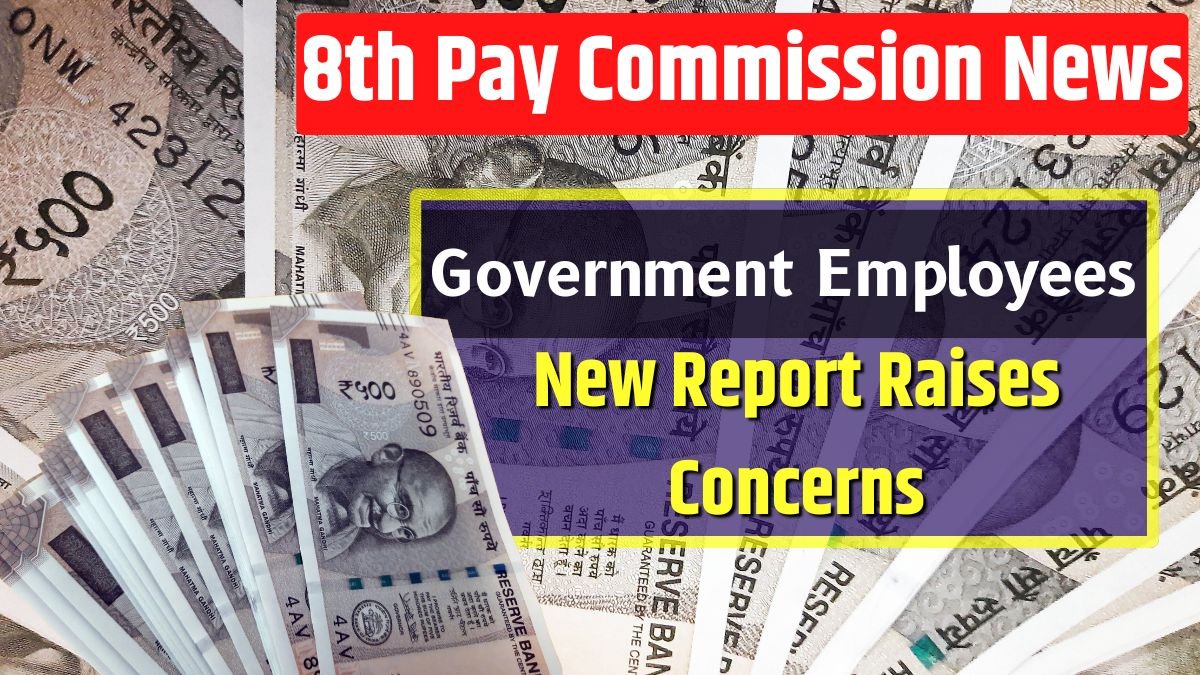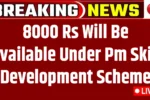For lakhs of central government employees and pensioners who’ve been patiently waiting for the 8th Pay Commission, recent news might come as a bit of a letdown.
A new analysis by Kotak Institutional Equities suggests that the upcoming pay revision may not bring as much cheer as expected. While the 7th Pay Commission had delivered a 14.3% hike, projections for the 8th suggest a modest 13% effective increase—and that’s despite higher basic salaries on paper.
What’s Behind the Modest Hike?
At the heart of this debate is the fitment factor—a key formula used to calculate revised pay. This time, the expected multiplier is 1.8, far lower than the 2.57 used during the 7th Pay Commission. While this would raise the basic salary by 80%, the dearness allowance (DA)—which is currently at 55%—would be reset to zero once the new pay scales kick in. That’s why the actual take-home increase is likely to be only 13%, not the full 80% some might hope for.
Let’s Break It Down With an Example
- If an employee currently earns a basic pay of ₹18,000, their revised salary could increase to around ₹32,000.
- But the current DA component adds ₹9,900 (55% of ₹18,000), which disappears under the new structure.
- So, the effective hike would be minimal—certainly not life-changing.
The same logic applies to higher salaries too. For instance, someone drawing a ₹50,000 basic today (with ₹27,500 DA) could see their revised pay go up to ₹90,000. But factoring in the lost DA, the actual jump would only be from ₹77,500 to ₹90,000.
Employee Unions Aren’t Happy
Many government staff associations have voiced disappointment with the projected numbers. Representatives from the National Council-Joint Consultative Mechanism (JCM), a key body that speaks for central government employees and pensioners, have clearly stated that the minimum acceptable demand should match the 2.57 fitment factor used last time.
But so far, all signs indicate that the government may choose to go with a lower figure.
What Happens Next?
As of now, the 8th Pay Commission hasn’t been formally set up, but it’s expected to be constituted in the coming months. If all goes as planned, its recommendations may come into effect by 2026.
For now, government employees will have to wait and watch—hoping that the final decision brings more than just numbers on paper.





